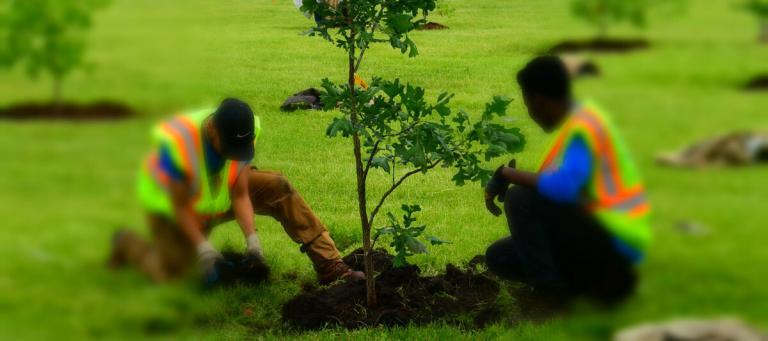How Urban Industry Can Contribute Green Solutions for COVID-Related Health Disparities
The best nature-based solutions on urban industrial lands are those that are part of a corporate citizenship or conservation strategy like DTE’s or Phillips66. By integrating efforts such as tree plantings, restorations, or pollinator gardens into a larger strategy, companies begin to mainstream biodiversity into their operations. When they crosswalk the effort to other CSR goals like employee engagement, community relations, and/or workforce development, like the CommuniTree initiative, the projects become more resilient.
Air quality in urban residential communities near industrial facilities will not be improved by nature alone. But nature can contribute to the solution, and while doing so, bring benefits including recreation, education, and an increased sense of community pride. As one tool to combat disparate societal outcomes, nature is accessible, affordable and has few, if any, downsides.

